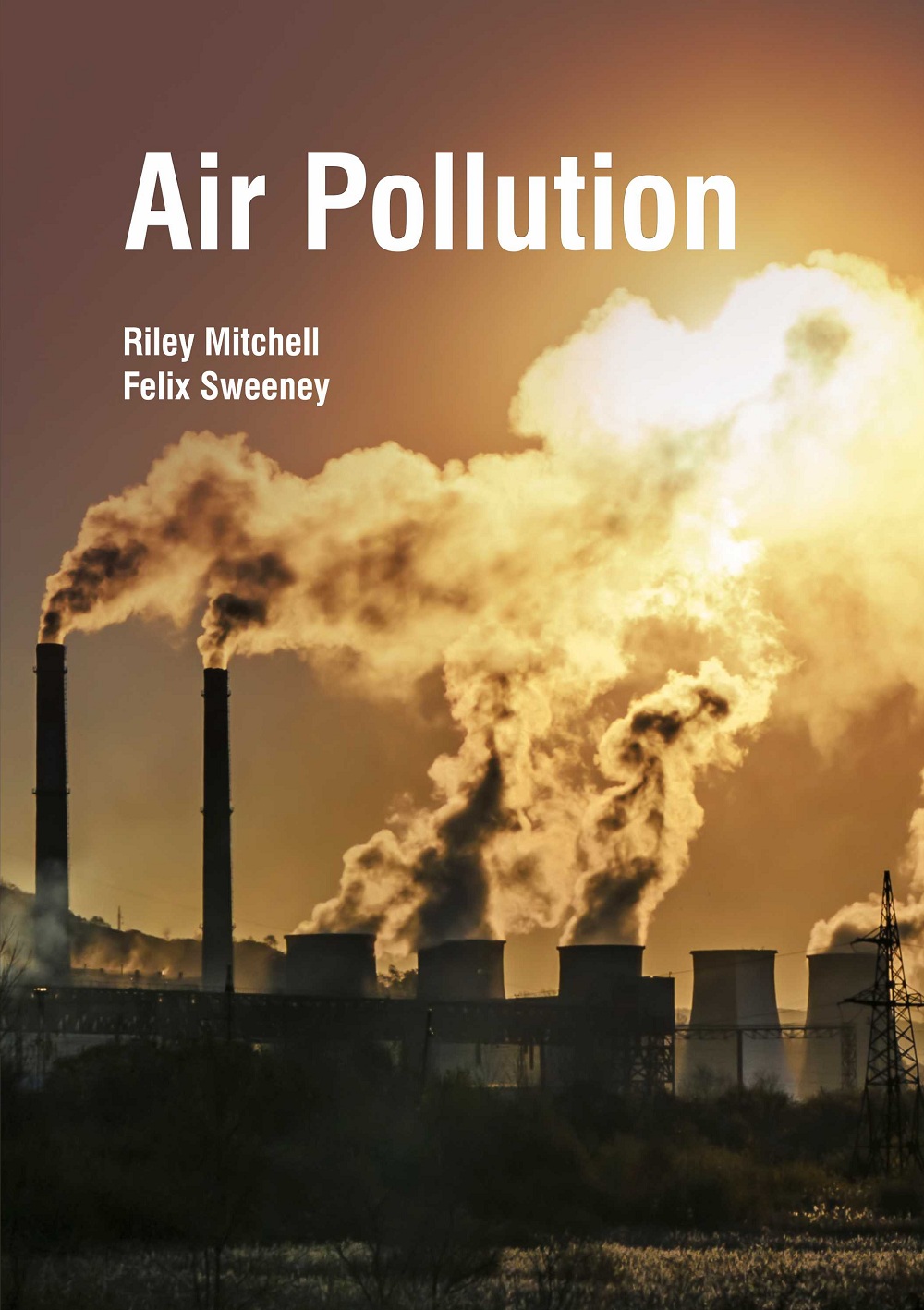Air Pollution Riley Mitchell & Felix Sweeney
- ISBN: 9781788821278
- Edition: 1st
- ©Year: 2020
- List Price : 155
About the Book
Air pollution occurs in many forms but can generally be thought of as gaseous and particulate contaminants that are present in the earth's atmosphere. Gaseous pollutant sinclude sulfur dioxide (SO2), nitrogen oxides (NO2), ozone (O3), carbon monoxide (CO), volatile organic compounds (VOC), hydrogen sulfide (H2S), hydrogen fluoride (HF), and various gaseous forms of metals. These pollutants are emitted from large stationary sources such as fossil fuel fired power plants, smelters, industrial boilers, petroleum refineries, and manufacturing facilities as well as from area and mobile sources.They are corrosive to various materials which causes damage to cultural resources, can cause injury to ecosystems and organisms, aggravate respiratory diseases, and reduce visibility. Air pollution injury to plants can be evident in several ways. Injury to foliage may be visible in a short time and appear as necrotic lesions (dead tissue), or it can develop slowly as a yellowing or chlorosis of the leaf. There may be a reduction in growth of various portions of a plant. Plants may be killed outright, but they usually do not succumb until they have suffered recurrent injury. Today's marketplace is increasingly dependent on satisfying a myriad of local environmental requirement, the demands of environmental aware customers and the global voluntary environmental initiatives. Industry has made great progress in its efforts to protectthe environment and has spent hundreds of billions of dollars to decrease the release of toxic substances into the environment, while also developing technologies to reduce or eliminate hazardous waste generation. Many industries taking initiatives, coupled with advances in technology, are changing the way of responding to their environmental obligations. The book provided information on rational basis for air quality management and green belt development in urban areas.
Contents: 1. An Introduction, 2. Sources of Air Pollution, 3. The Meteorology and Air Pollution, 4. Air Pollution Monitoring and Regularity Control, 5. Chemistry of Air Pollution, 6. Antiquity of Air Pollution, 7. Acid Rain and Air Pollution.
Riley Mitchell received a bachelor's degree, a Master of Science in City & Regional Planning, a Masters in Civil & Environmental Engineering (Environmental Health Sciences) and a PhD in Civil & Environmental Engineering. She authored the previous two editions of Air, industrial and water Pollution. She also worked as a Chartered Scientist and a Chartered Environmentalist involved in issues related to urban air pollution management and sustainable development. Her research has advanced the state-of-the-science of air, industrial and water pollution measurement, models of potential exposures to chemicals in consumer products, and environmental impact assessments. Riley Mitchell is the Director of the Human Studies Division of the National Health & Environmental Effects Laboratory in Research.
Felix Sweeney is a Centenary Professor of Environmental Health. Previously, he was appointed for services to environmental science. Felix Sweeney's research interests lie in the field of environment and human health. His main specialism is in air pollution, from emissions through atmospheric chemical and physical transformations to exposure and effects on human health. Much of this work is designed to inform the development of policy. He is the co-editor of the International Journal of Biosciences and the Law and has written widely in thefield of air pollution, science and the law.

